During my recent time in Ohio, I had the pleasure of touring the Kent State University Museum. According to U.S. News and World Reports, Kent State University has one of the top 10 fashion programs in the country. Who knew? The on-campus museum is currently exhibiting a wonderful collection called “On The Home Front: Civil War Fashions and Domestic Life.” Having just toured Antebellum plantations in South Carolina, where I imagined the former female occupants walking around with cinched waists and voluminous dresses à la Scarlet O’Hara, I couldn’t wait to see real-life examples of that attire.
While the Civil War raged down south, the ladies of the northern states were comparatively unaffected. They continued to receive their fashion magazines and have new frocks made in the latest styles. In the early days of the war especially, life continued as normal. Ladies still had parties to attend and friends to impress. This evening gown in ivory silk printed with red flowers, circa 1860, must have turned some heads!
Weddings were important events throughout the war. The ivory silk dress and matching leather slippers in the first picture were worn by Elizabeth Proctor at her wedding in 1861. The second dress, made of sheer white cotton and trimmed in silk, was worn by Louisa Smith at her wedding in 1868, three years after the war ended. I’m amazed by how well the delicate materials have been preserved!
Daytime dresses were often made of cotton, which became increasingly expensive as the war continued. The same is true of indigo, which was used to dye the material shades of blue. The war made it difficult, if not impossible, for the southern crops to be harvested and sold, so the fabric needed for dresses had to be procured elsewhere.
The styles of the times dictated that women wear an astounding amount of clothing. First came the corset, to cinch waists into impossible proportions. Next came drawers, or underpants, and corset covers. These items would be topped with a crinoline, a long skirt made from steel hoops and cotton fixtures. These cumbersome pieces helped to add the requisite volume to a lady’s skirts. It’s no wonder they fainted all the time! While touring the southern plantations, we saw fainting couches, where women could recover their breath, as well as chairs specially designed to accommodate the girth of the dresses. Outerwear consisted mainly of capes, cloaks and shawls, which were easier to layer over the piles of clothes the women already had on, rather than tight-fitting jackets.
Once dressed, women would add jewelry and accessories to complete their looks. During the mid-nineteenth century, life expectancy rates were low due to war and disease. To keep loved ones close, women would have a lock of the person’s hair made into a bracelet or pair of earrings. When I looked at these elaborate pieces in the case at the museum, I didn’t realize they were made with human hair until reading the captions. (Look closely, the band of the bracelet is all woven hair.) I am extremely grateful that this creepy practice went out with the hoop skirt.
Another way to remember someone was to make quilts using scraps of their dress fabric. As a part of this exhibit, the Kent State University Museum showcases its extraordinary quilt that is thought to contain leftover pieces of fabric from the gowns of Mary Todd Lincoln. The quilt was made by Elizabeth Keckley, a former slave who served as dressmaker to Mrs. Lincoln. The center of the quilt contains an embroidered eagle along with the word “liberty.” What a poignant message to leave behind!
Kent State University Museum
Address: 515 East Main Street, Kent, Ohio, USA
Entrance Fee: 5 USD
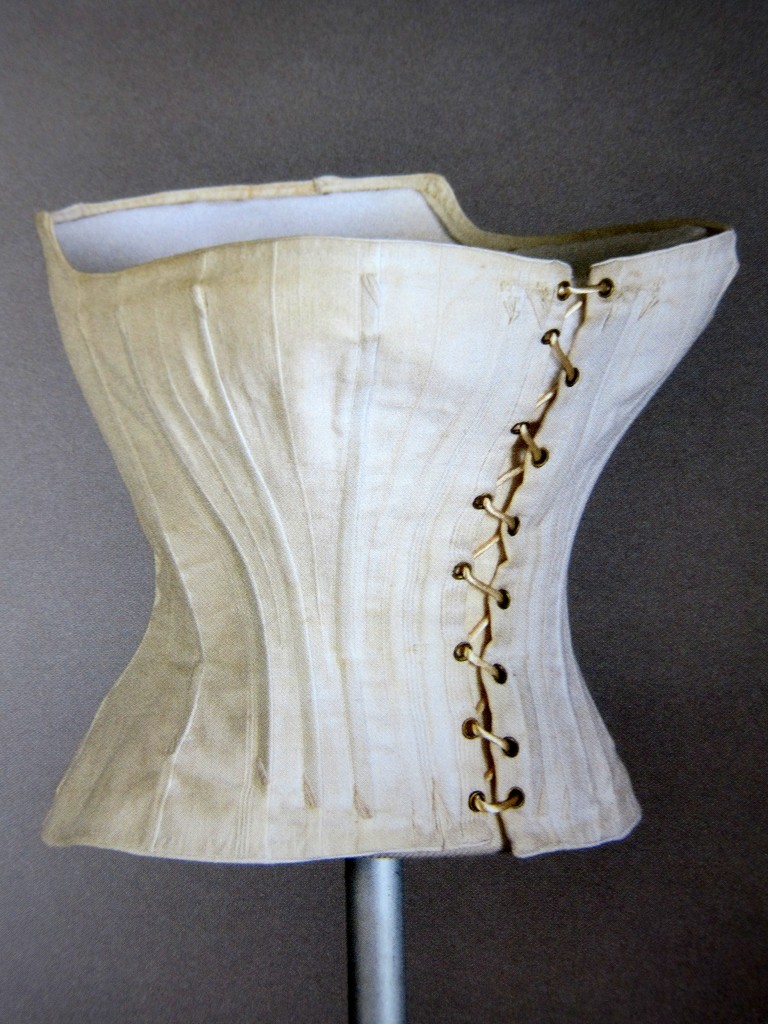

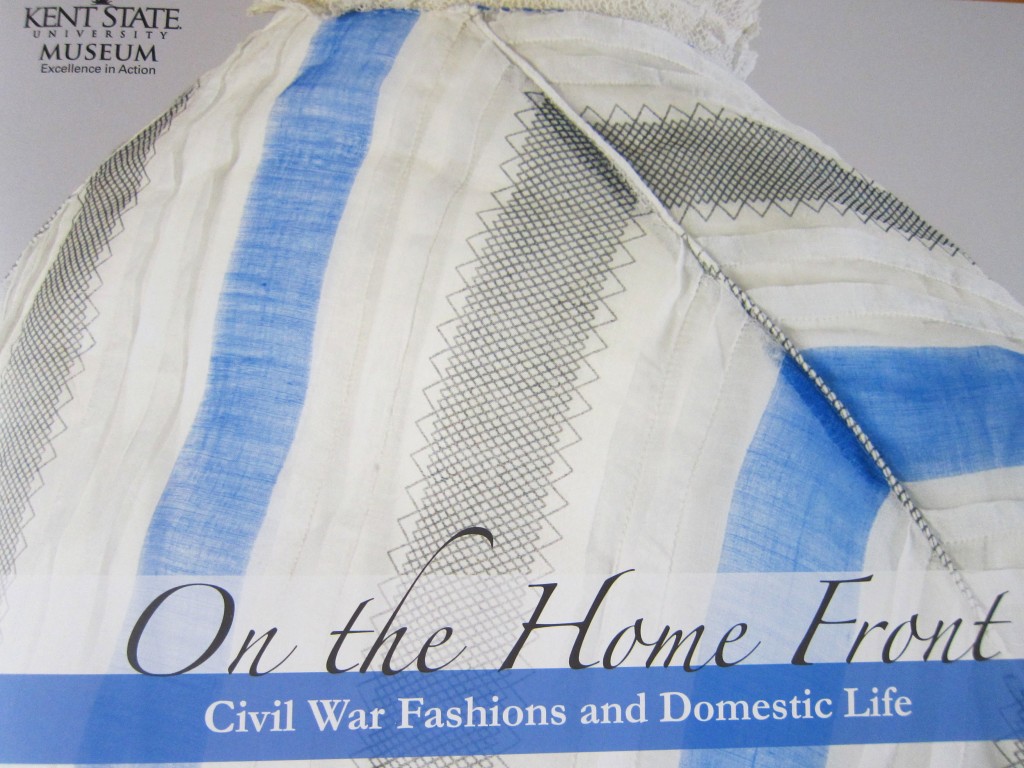
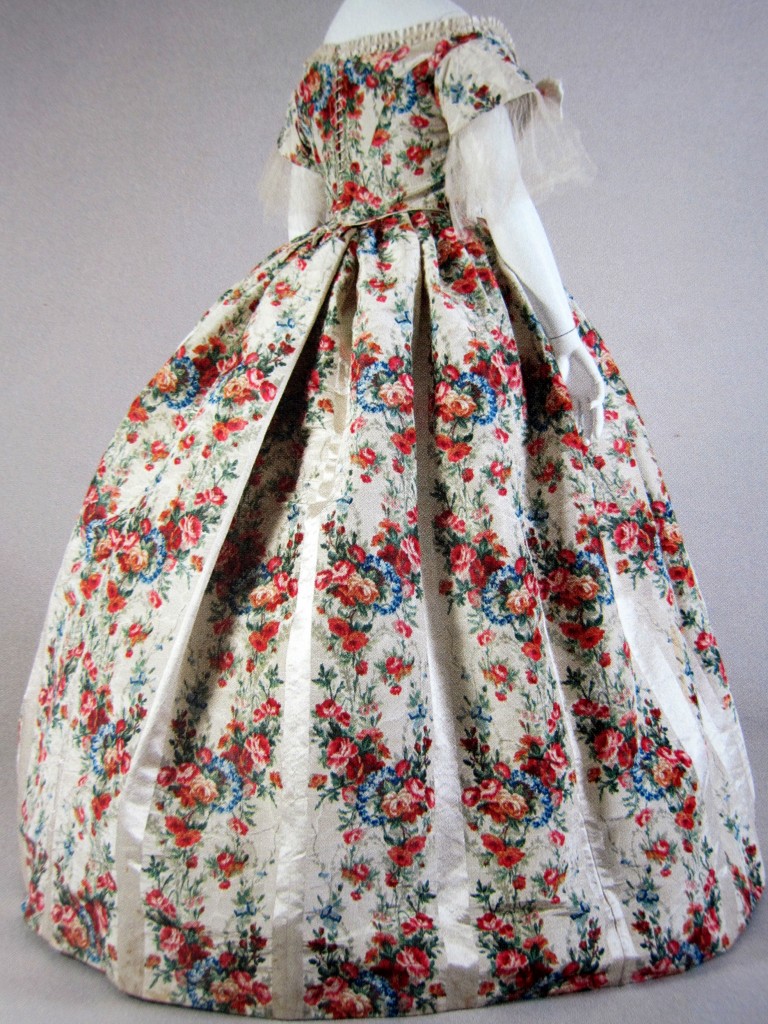
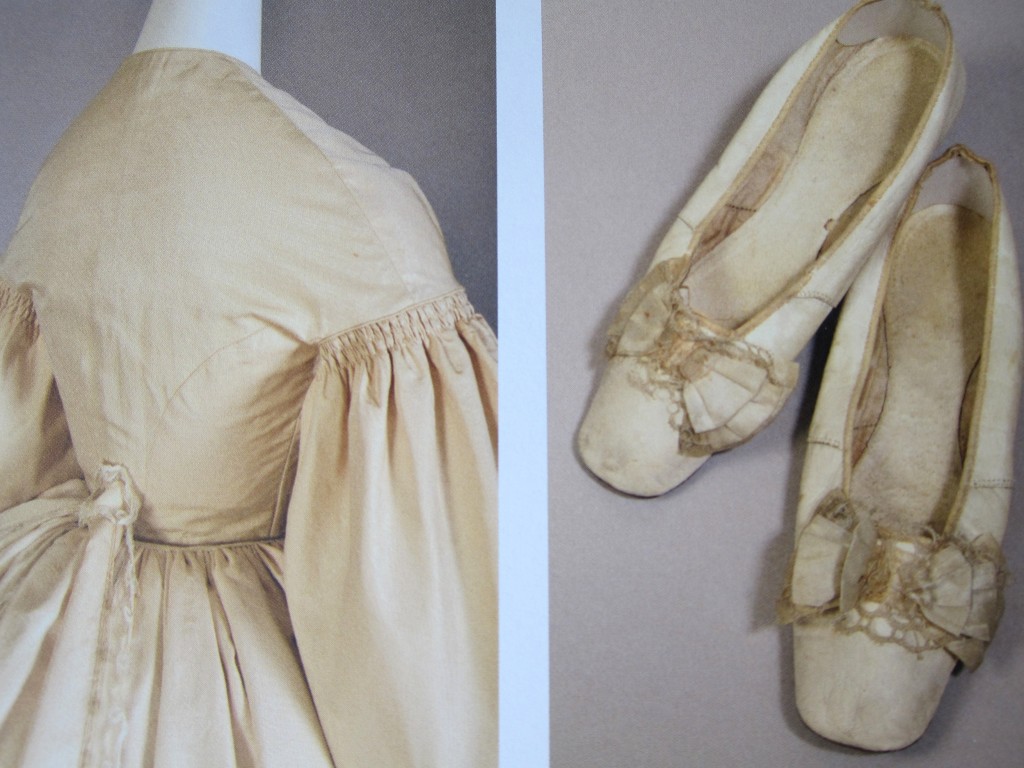
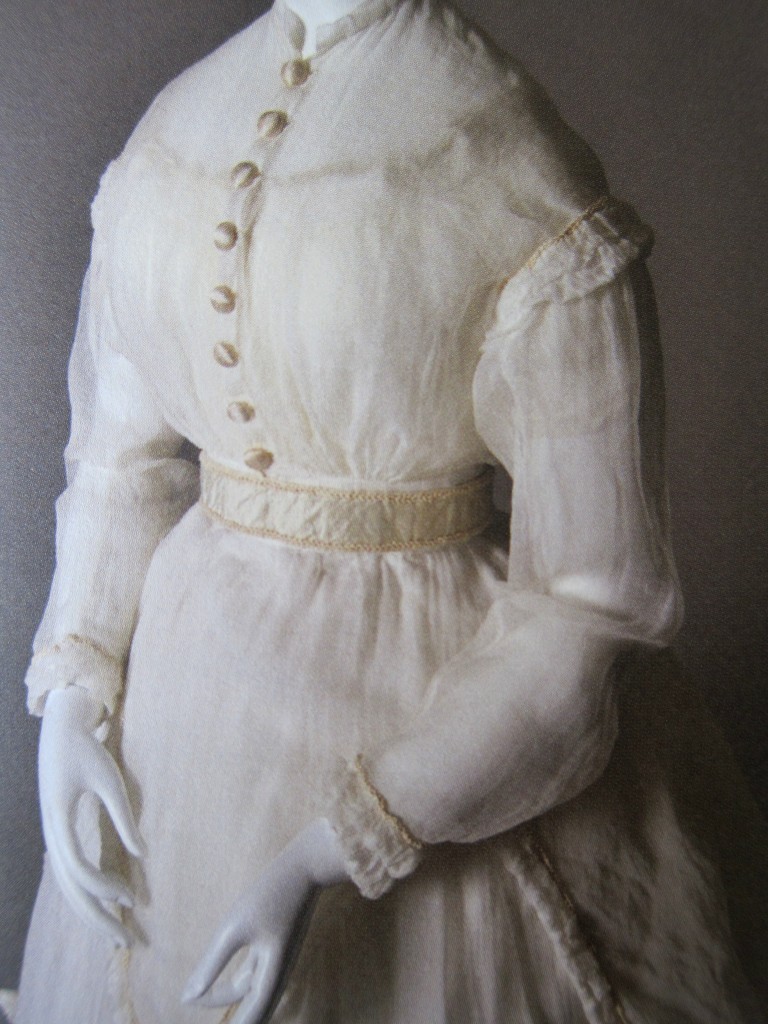
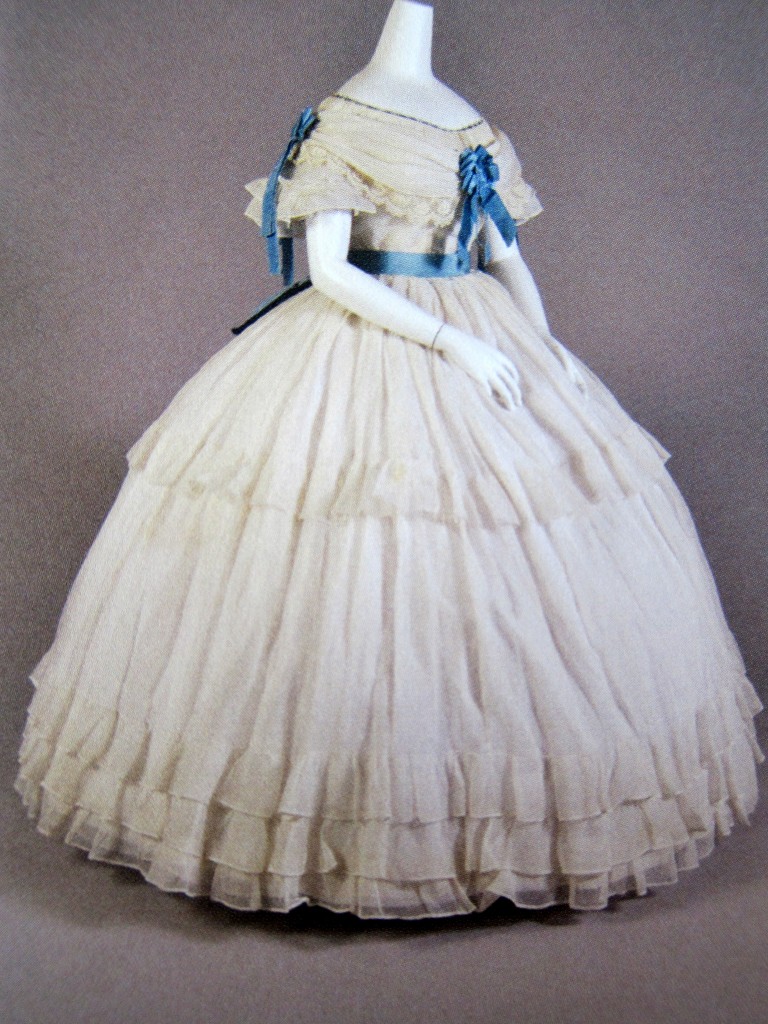
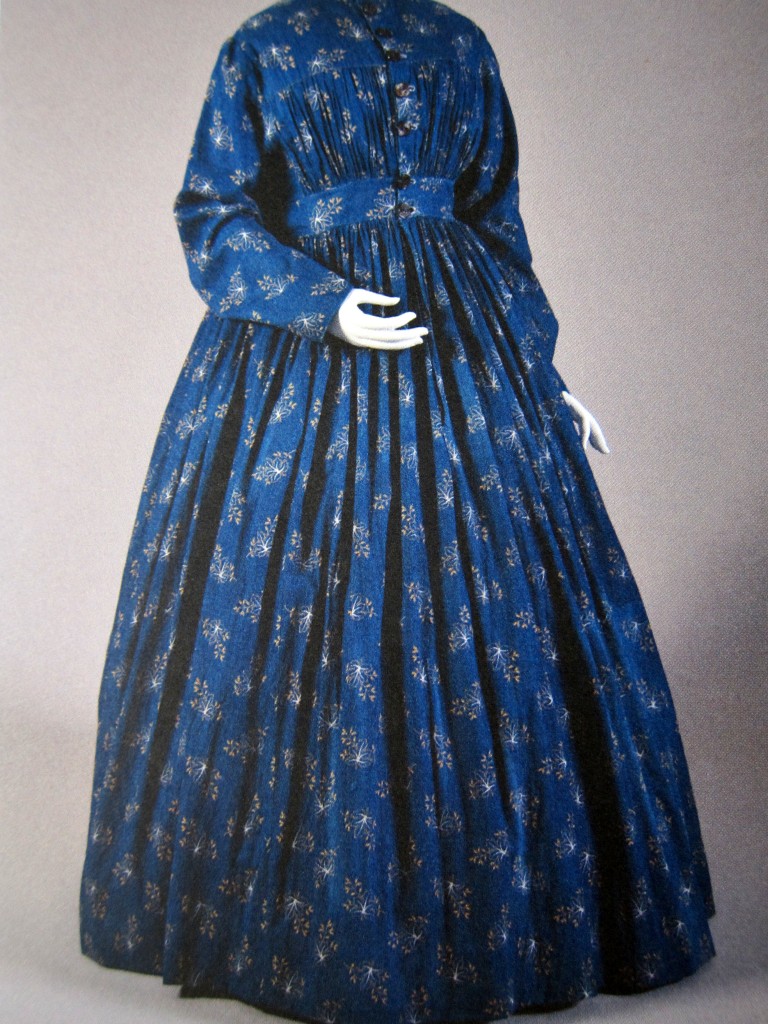
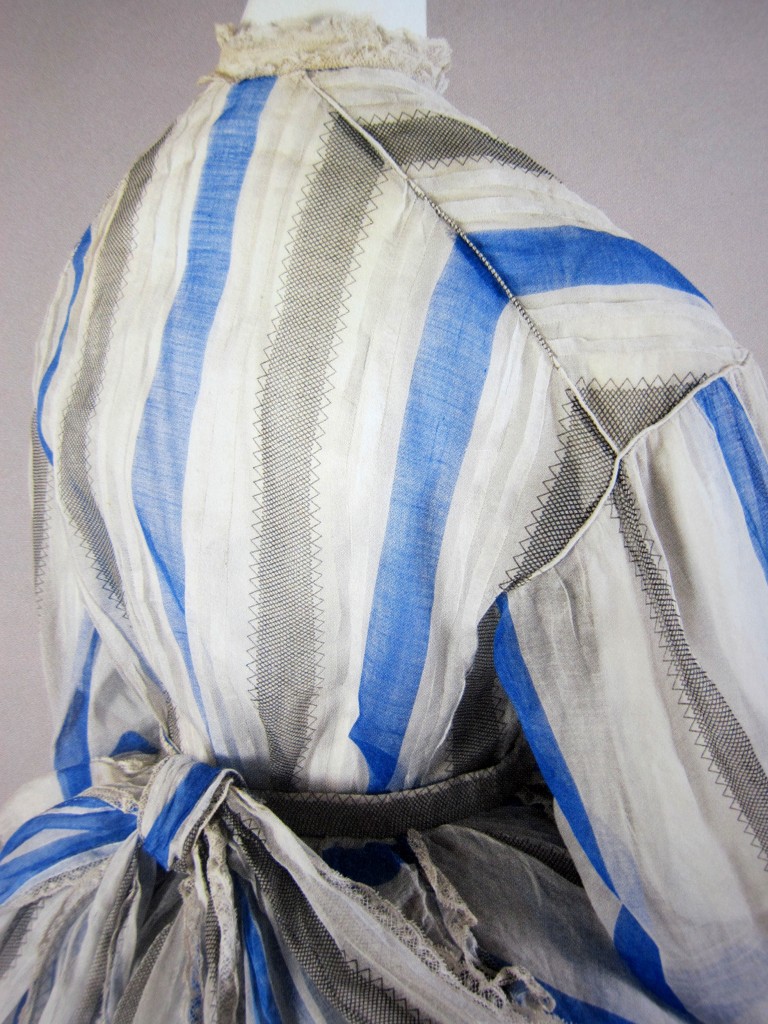
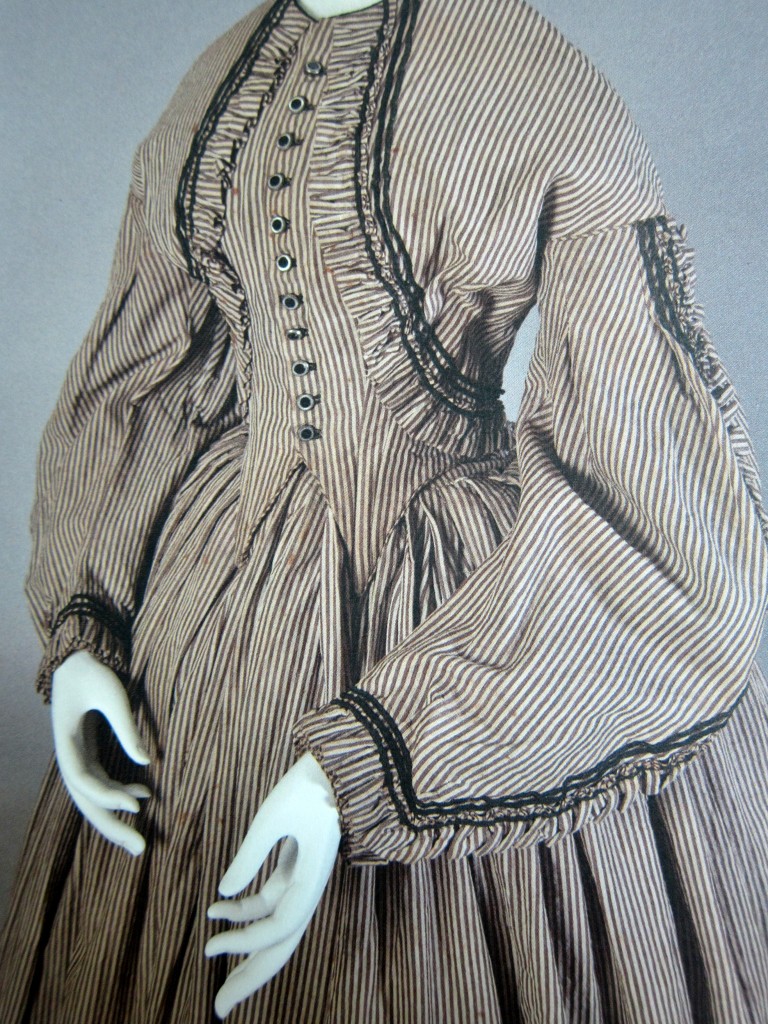
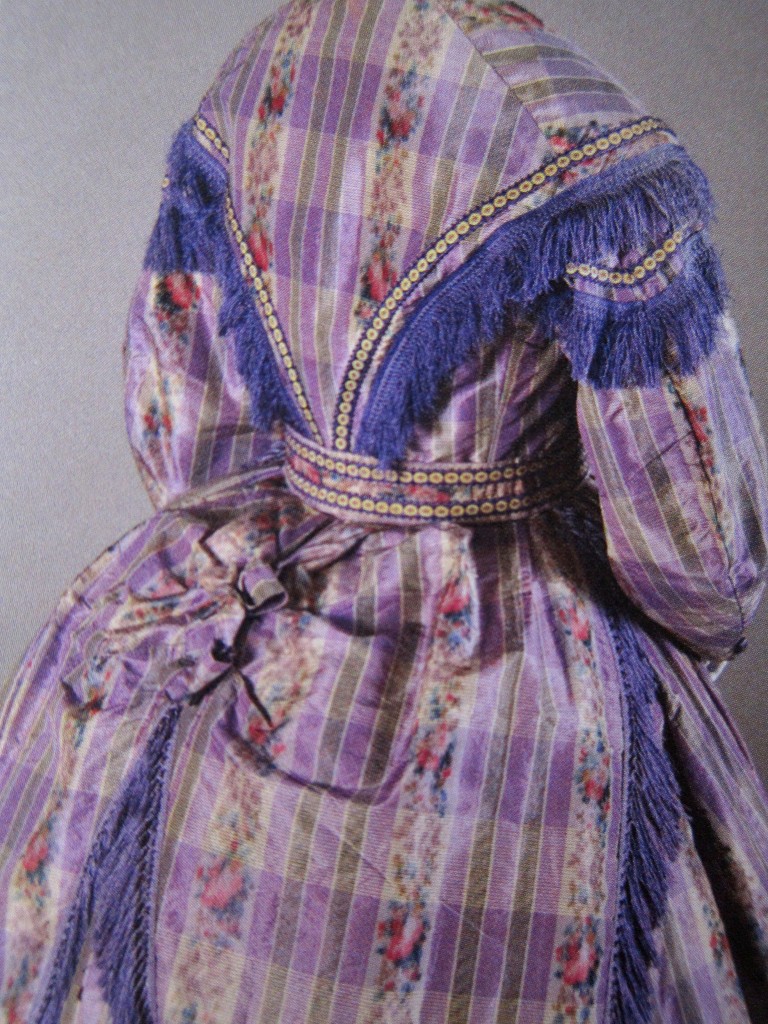
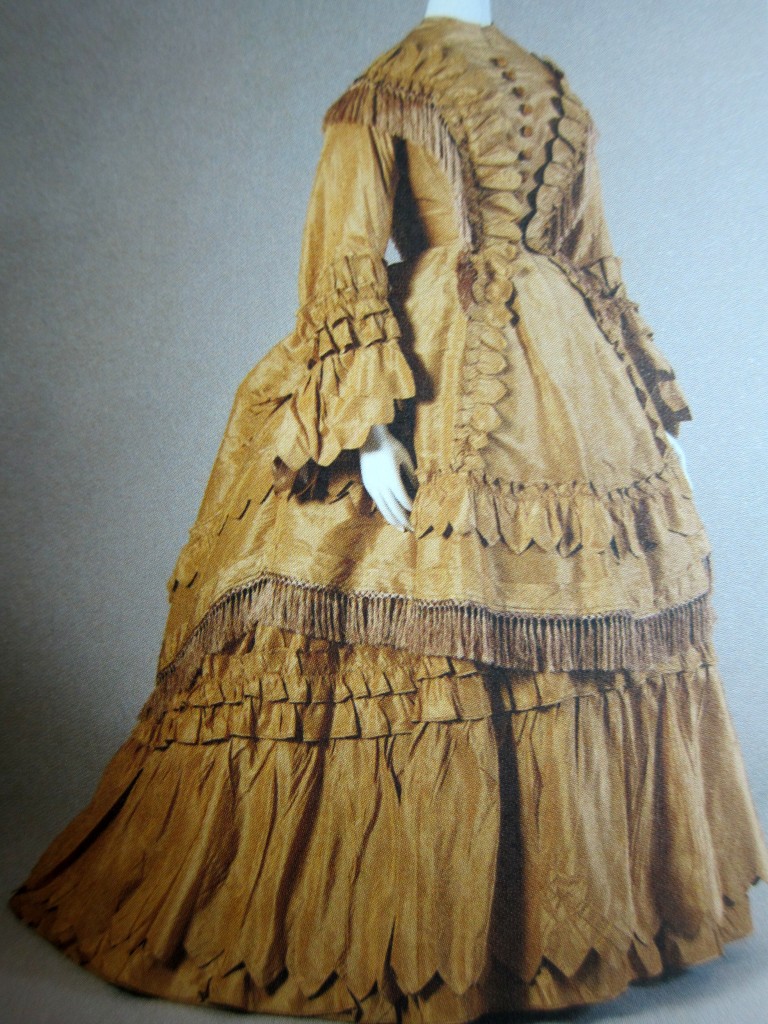
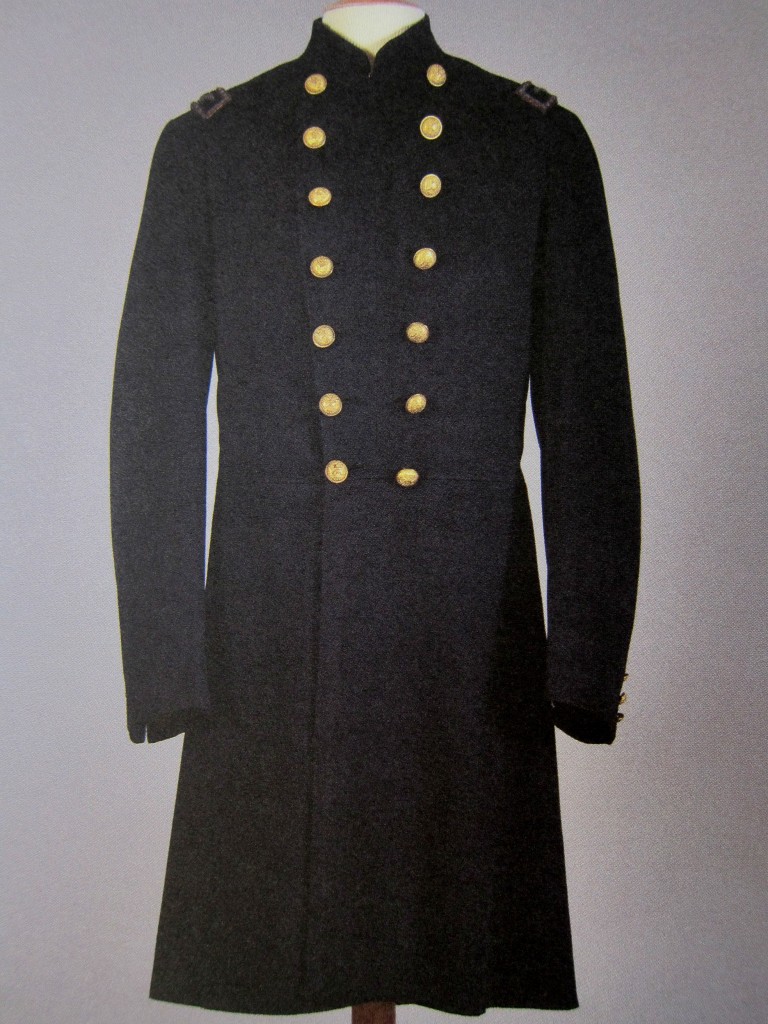
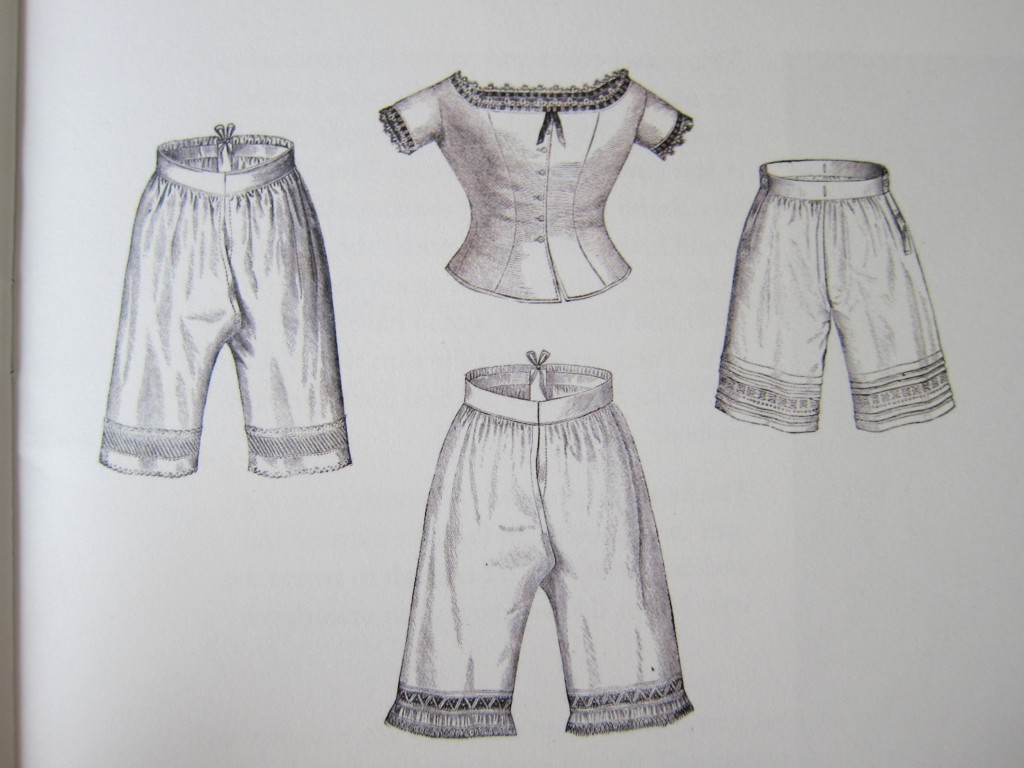
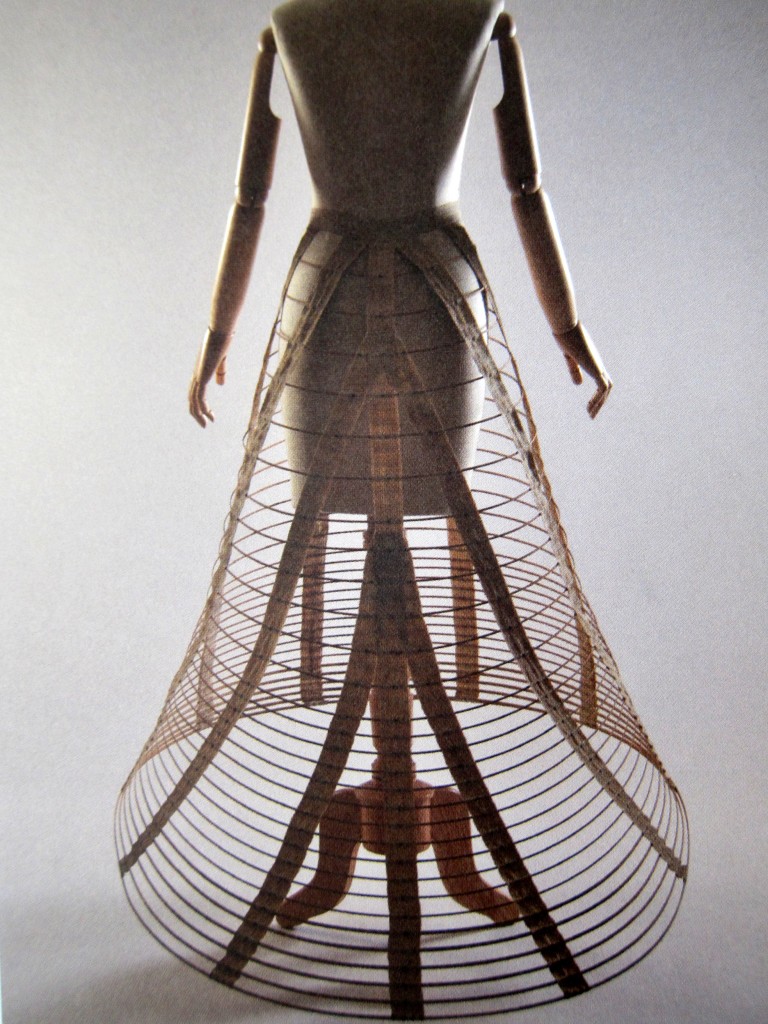
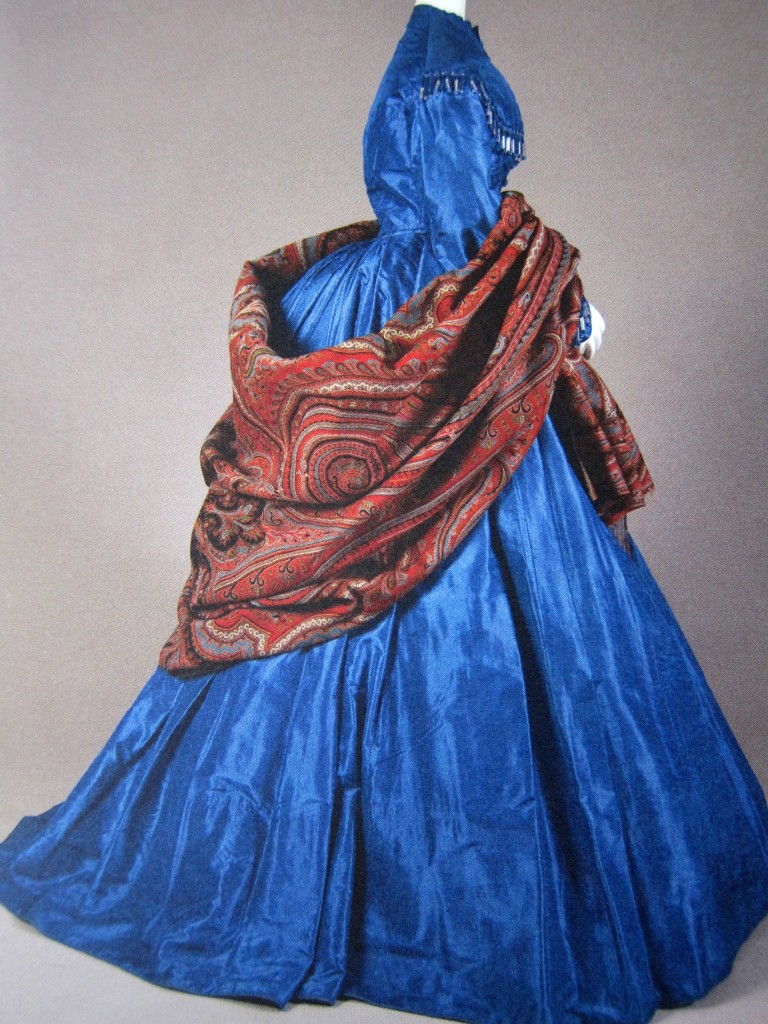
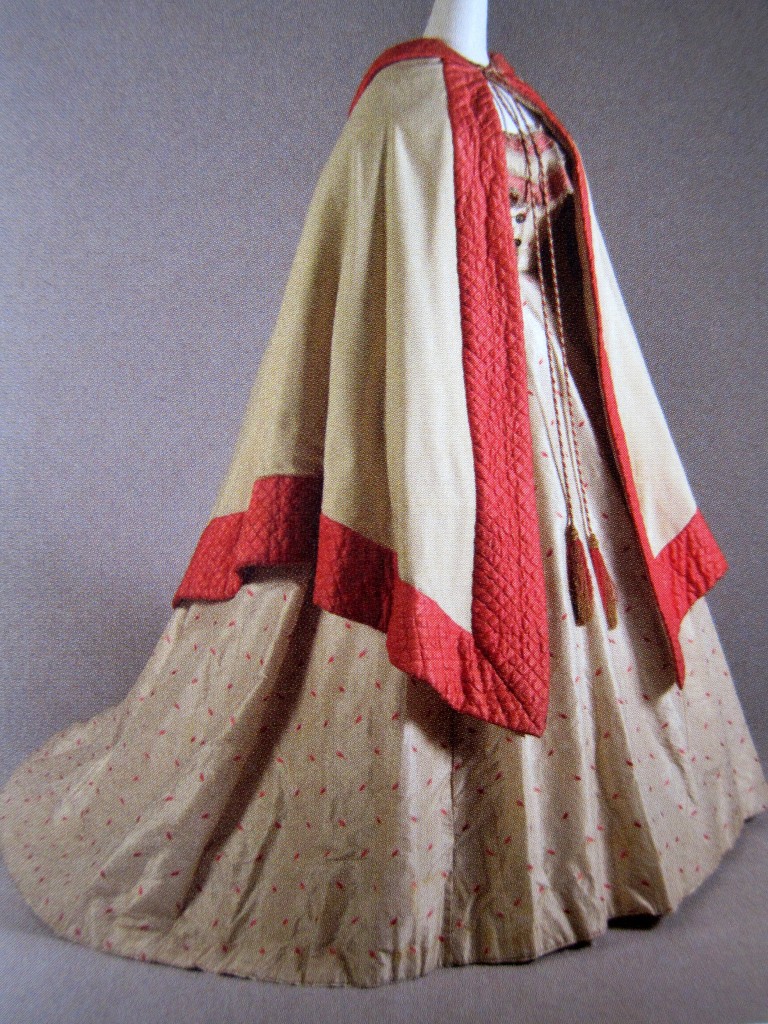
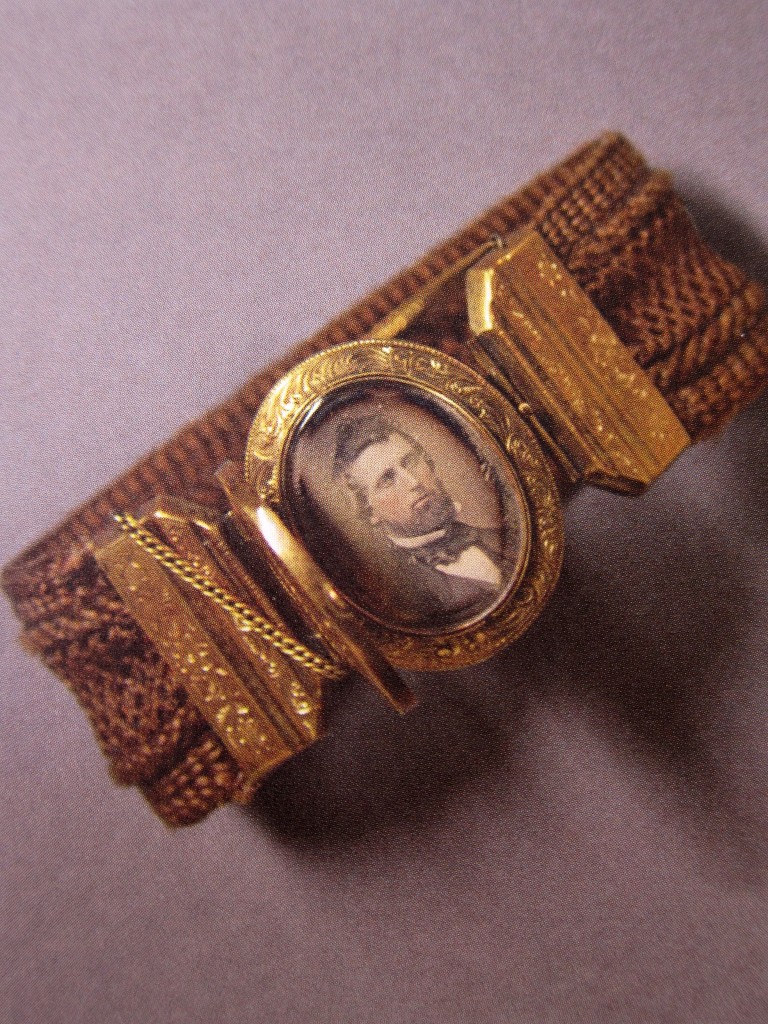
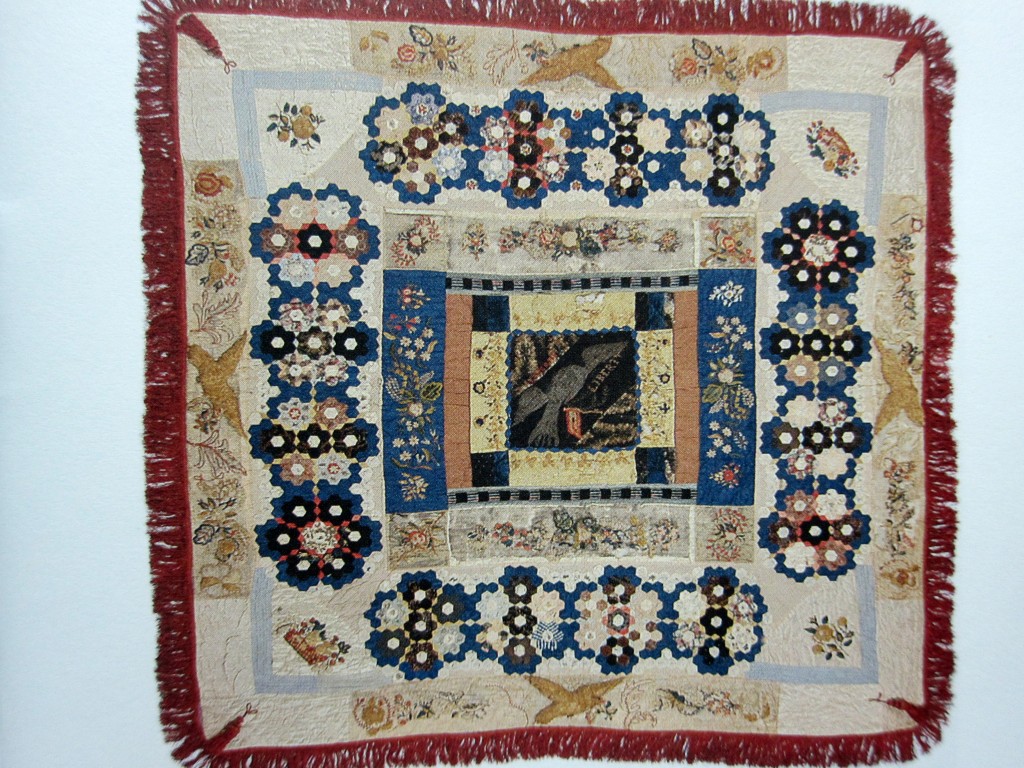
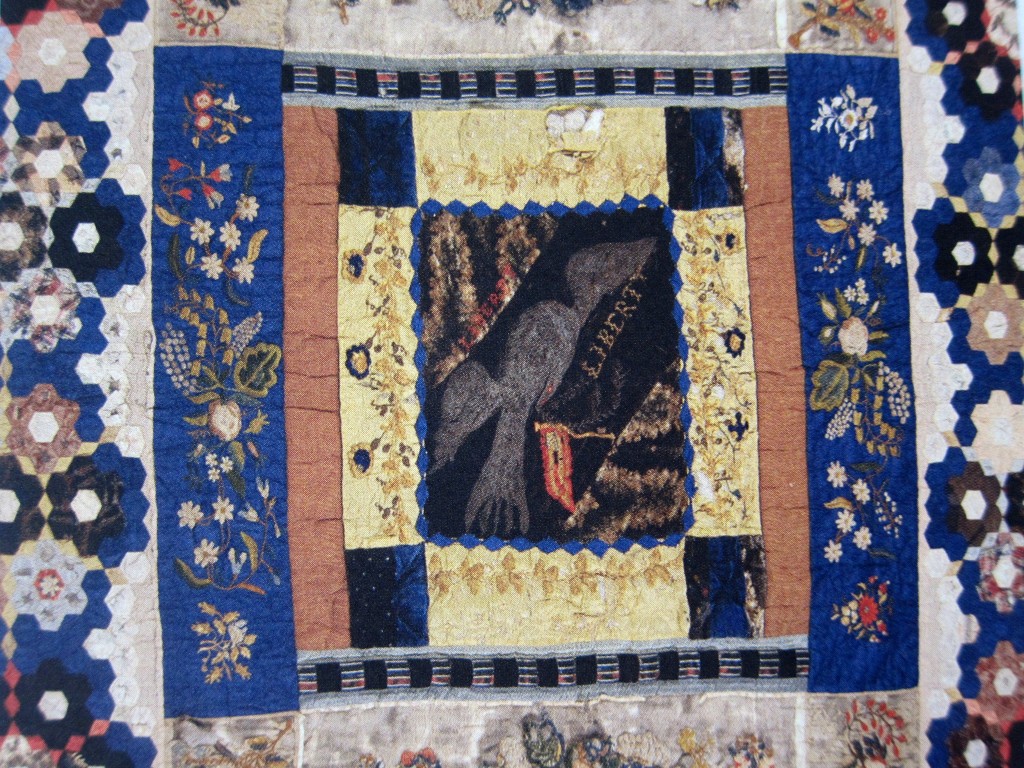
I would loved to have seen this exhibit. Glad we didn’t live during that time period. Way too many clothes to have to wear..Mom
I know, can you imagine having to wear all those clothes in the summertime – without a/c?!
Not to mention the 20″ waists!!
I do hope you have learned something the last 12 years. Go discuss with a re-enactor about the clothes of the 19th century, and you’ll realize you are just imagining things.